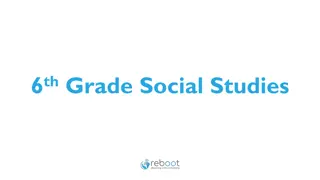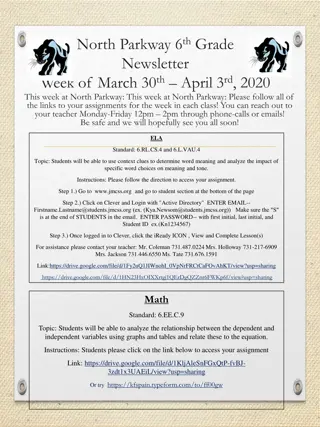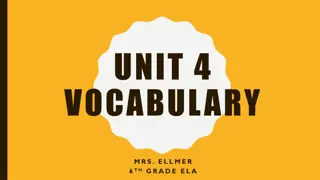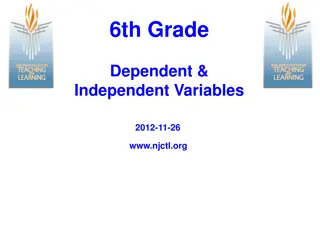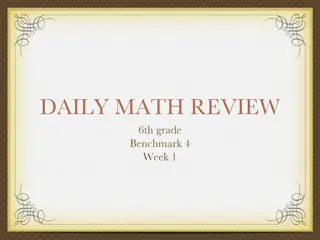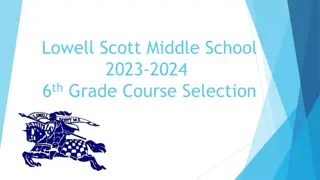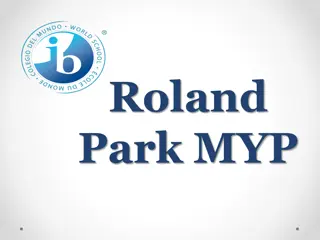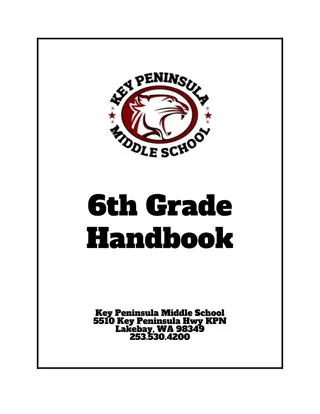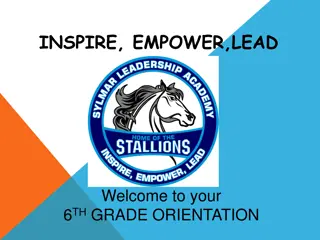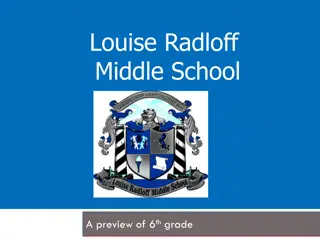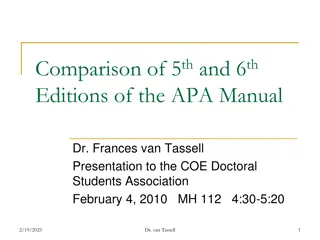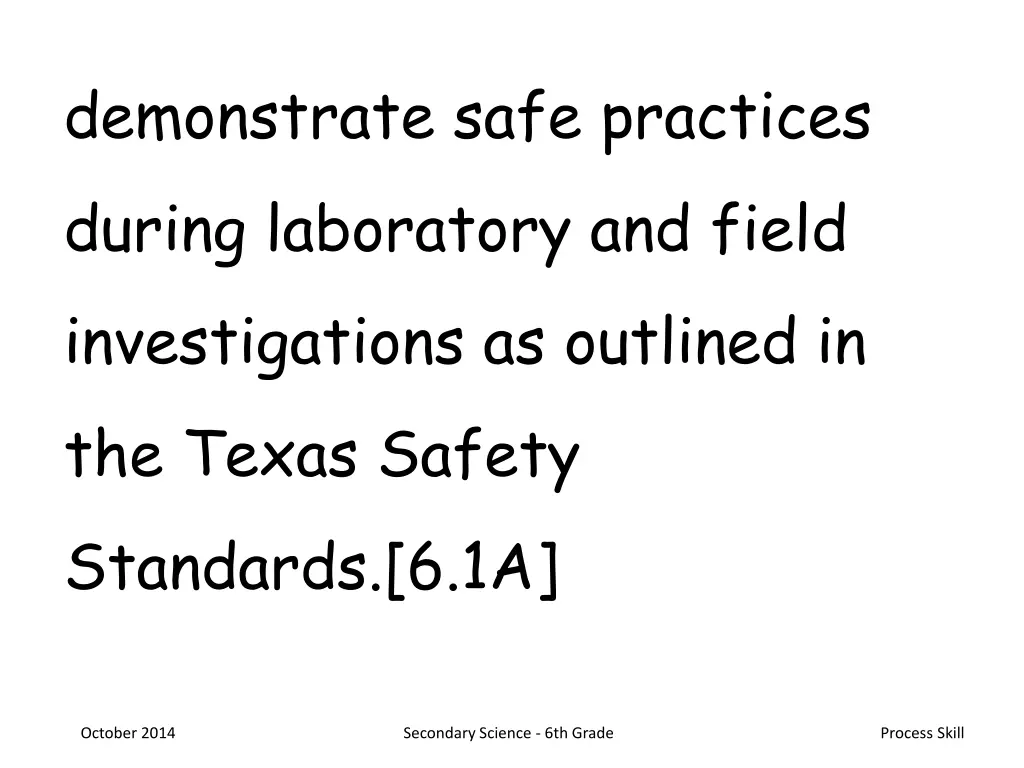
Safe Laboratory and Field Practices for 6th Grade Science Investigations
Explore safe practices outlined in the Texas Safety Standards for conducting laboratory and field investigations in 6th-grade science. Learn about resource conservation, data collection, analysis, and critical thinking skills.
Download Presentation

Please find below an Image/Link to download the presentation.
The content on the website is provided AS IS for your information and personal use only. It may not be sold, licensed, or shared on other websites without obtaining consent from the author. If you encounter any issues during the download, it is possible that the publisher has removed the file from their server.
You are allowed to download the files provided on this website for personal or commercial use, subject to the condition that they are used lawfully. All files are the property of their respective owners.
The content on the website is provided AS IS for your information and personal use only. It may not be sold, licensed, or shared on other websites without obtaining consent from the author.
E N D
Presentation Transcript
demonstrate safe practices during laboratory and field investigations as outlined in the Texas Safety Standards.[6.1A] October 2014 Secondary Science - 6th Grade Process Skill
practice appropriate use and conservation of resources, including disposal, reuse, or recycling of materials.[6.1B] October 2014 Secondary Science - 6th Grade Process Skill
plan and implement comparative and descriptive investigations by making observations, asking well- defined questions, and using appropriate equipment and technology.[6.2A] October 2014 Secondary Science - 6th Grade Process Skill
design and implement experimental investigations by making observations, asking well-defined questions, formulating testable hypotheses, and using appropriate equipment and technology.[6.2B] October 2014 Secondary Science - 6th Grade Process Skill
collect and record data using the International System of Units (SI) and qualitative means such as labeled drawings, writing, and graphic organizers.[6.2C] October 2014 Secondary Science - 6th Grade Process Skill
construct tables and graphs, using repeated trials and means, to organize data and identify patterns.[6.2D] October 2014 Secondary Science - 6th Grade Process Skill
analyze data to formulate reasonable explanations, communicate valid conclusions supported by the data, and predict trends.[6.2E] October 2014 Secondary Science - 6th Grade Process Skill
in all fields of science, analyze, evaluate, and critique scientific explanations by using empirical evidence, logical reasoning, and experimental and observational testing, including examining all sides of scientific evidence of those scientific explanations, so as to encourage critical thinking by the student.[6.3A] October 2014 Secondary Science - 6th Grade Process Skill
use models to represent aspects of the natural world such as a model of Earth's layers.[6.3B] October 2014 Secondary Science - 6th Grade Process Skill
identify advantages and limitations of models such as size, scale, properties, and materials.[6.3C] October 2014 Secondary Science - 6th Grade Process Skill
relate the impact of research on scientific thought and society, including the history of science and contributions of scientists as related to the content.[6.3D] October 2014 Secondary Science - 6th Grade Process Skill
use appropriate tools to collect, record, and analyze information, including journals / notebooks, beakers, Petri dishes, meter sticks, graduated cylinders, hot plates, test tubes, triple beam balances, microscopes, thermometers, calculators, computers, timing devices, and other equipment as needed to teach the curriculum.[6.4A] October 2014 Secondary Science - 6th Grade Process Skill
use preventative safety equipment, including chemical splash goggles, aprons, and gloves, and be prepared to use emergency safety equipment, including an eye / face wash, a fire blanket, and a fire extinguisher.[6.4B] October 2014 Secondary Science - 6th Grade Process Skill


